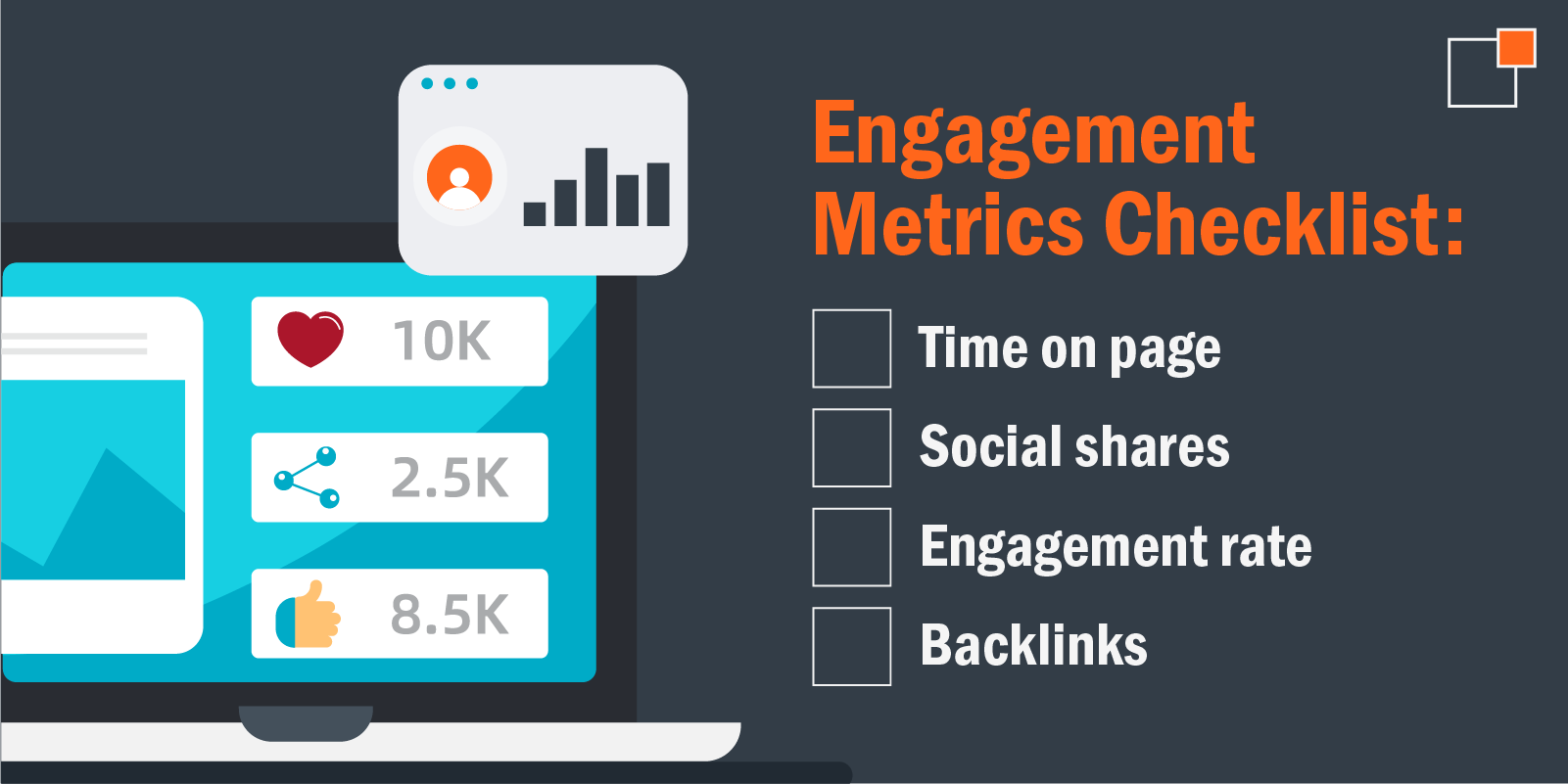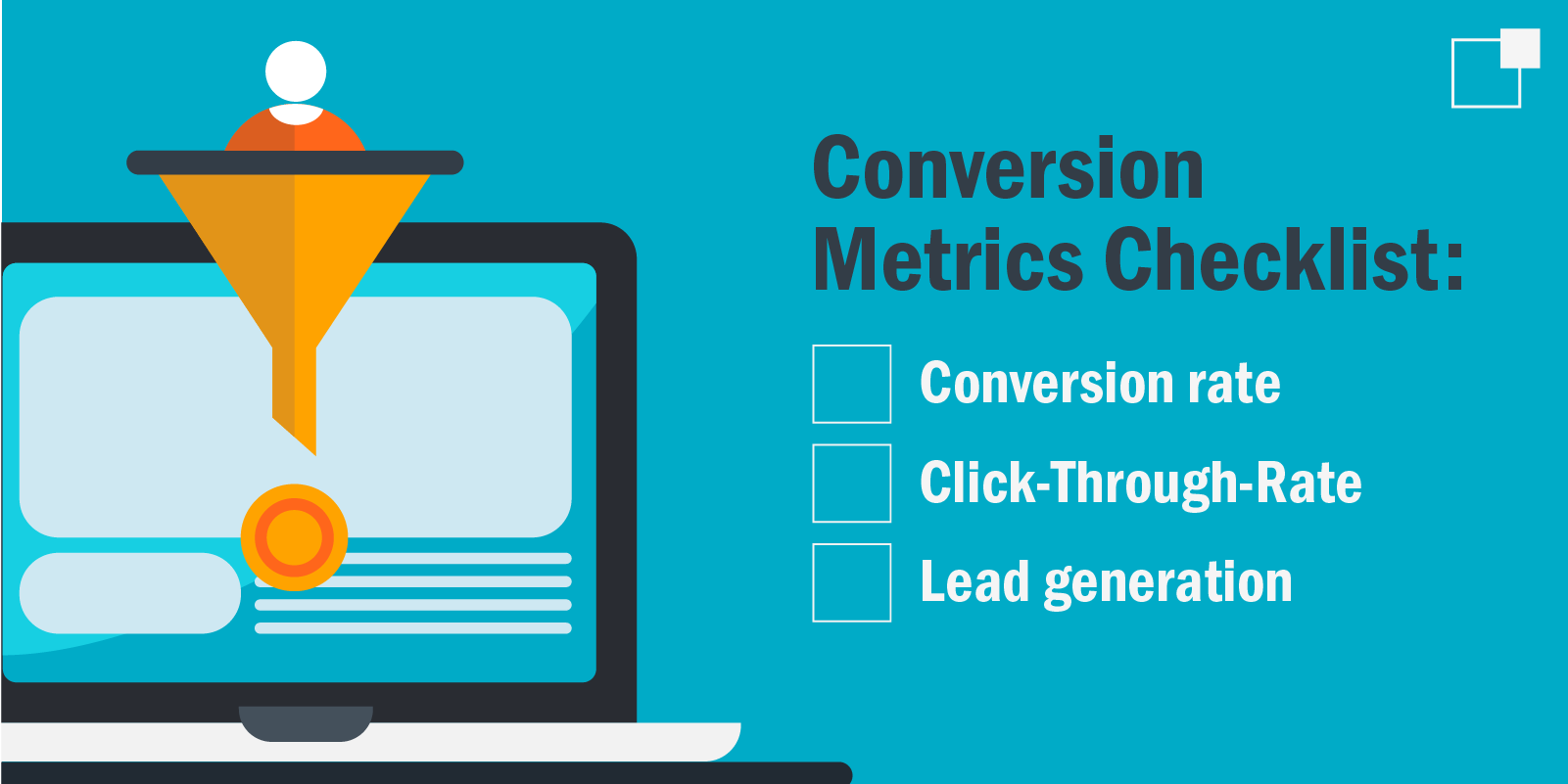Content Metrics that Matter
Making sense out of the numbers
In just three quick months, our content writers artfully crafted 47 blogs, a dozen emails and authored over 100 pages of rich SEO-driven website content, and that’s in addition to daily ad copy and writing traditional printed marketing pieces. So, if you’re handling a similar writing workload, how do you keep track of it all? How do you know what’s performing well and what missed the target?
Understanding and effectively measuring content marketing metrics can mean the difference between a successful content strategy that achieves your goal of leads, purchases or whatever metrics you are striving for and one that never reaches your audience. Whether you're looking to refine your strategy, justify your budget or simply understand your audience better, knowing what metrics are most important is critical to your success.

The goal is to drive profitable customer actions by providing useful content that meets the needs and interests of potential and existing customers. Unlike traditional advertising, which pushes products or services directly, content marketing seeks to build trust and authority with audiences by offering informative, entertaining or educational material.
Demonstrating the value of content marketing through measurable results can secure buy-in from stakeholders and justify budget allocations. Plus, by continuously monitoring and analyzing content marketing metrics, you can stay agile and responsive to any market changes, staying ahead of your competition.
Bounce rate: The percentage of visitors who leave your site after viewing only one page. A high bounce rate may suggest your content needs to be more engaging or visitors aren't finding what they expected. Lowering the bounce rate typically involves improving content quality and relevance. The goal is to keep your number as low as possible but aiming for 26%-40% would be ideal.
Pageviews: The total number of times a page on your website is viewed. It’s useful for gauging the overall popularity of your content and identifying which pieces resonate most with your audience.
Impressions: The number of times your content is displayed, regardless of whether it is clicked. Tracking impressions helps you understand how often potential viewers see your content and can indicate your content's overall visibility and reach across different platforms.

Social shares: The rate at which your content is shared on social media platforms. High social share counts indicate that your content resonates with audiences and is deemed valuable enough to share with others.
Engagement rate: Basically the opposite of bounce rate, engagement rate can include metrics like comments, likes and shares. High engagement rates suggest your audience finds your content compelling and actively interacts with it.
Backlinks: The number of external websites linking to your content. Backlinks can improve your SEO and indicate that other sources find your content valuable and authoritative.

Click-through rate: The ratio of users who click on a specific link compared to the total number of users who view a page, email or ad. It helps assess the effectiveness of your calls-to-action and overall content appeal. While it depends on your industry, the average blog post CTR sits at 2%.
Lead generation: The number of leads generated through your content marketing efforts. Leads can be captured through a variety of ways, such as gated content, newsletter sign-ups or contact forms, and be used to build a pipeline of potential customers. This is a hard statistic to increase, but on average, the lead generation rate is around 1-3%.

Remember, the ultimate goal of content marketing is to build meaningful relationships with your audience by providing value through high-quality, relevant and engaging content. By understanding and measuring key performance indicators, you can gain valuable insights into your audience’s behavior, refine your content strategies and ultimately drive better business outcomes.
Whether it’s tracking traffic, engagement or conversion metrics, each data point provides a piece of the puzzle that can help you create more effective and impactful content. By continuously monitoring and optimizing your content based on metrics, you can stay ahead of the competition, justify your marketing spend and achieve sustainable growth for your brand. So, take the time to measure what matters, analyze the data and use those insights to drive your content strategy forward.
Feeling overwhelmed by content metrics? Get in touch with us today, and let’s turn your content into a powerhouse of performance. After all, why just create content when you can create content that converts? Contact us today, and let's make magic happen together!
Understanding and effectively measuring content marketing metrics can mean the difference between a successful content strategy that achieves your goal of leads, purchases or whatever metrics you are striving for and one that never reaches your audience. Whether you're looking to refine your strategy, justify your budget or simply understand your audience better, knowing what metrics are most important is critical to your success.

What is content marketing?
Content marketing is about more than just pumping out thousands of words and hoping something sticks. It’s a strategic approach focused on creating, distributing and promoting valuable, relevant and consistent content to attract and retain a clearly defined audience.The goal is to drive profitable customer actions by providing useful content that meets the needs and interests of potential and existing customers. Unlike traditional advertising, which pushes products or services directly, content marketing seeks to build trust and authority with audiences by offering informative, entertaining or educational material.
The importance of content metrics
Metrics help you see what works and what doesn’t, giving you the opportunity to refine your strategies and improve future campaigns. They can reveal insights into audience behavior and preferences so you can tailor content to better meet the needs of your target demographic. This leads to increased engagement, higher conversion rates and ultimately, greater customer satisfaction and loyalty.Demonstrating the value of content marketing through measurable results can secure buy-in from stakeholders and justify budget allocations. Plus, by continuously monitoring and analyzing content marketing metrics, you can stay agile and responsive to any market changes, staying ahead of your competition.
Which content metrics should you monitor?
To gather the complete picture of the success of your content marketing efforts, you need to track a variety of key performance indicators (KPIs). They’ll provide insights into how your content performs, engages your audience and drives business goals. These are the primary KPIs to keep an eye on:Traffic metrics
Unique visitors: The number of distinct individuals who visit your content within a specified timeframe. Tracking unique visitors helps you understand the reach of your content and how effectively it attracts new audiences.Bounce rate: The percentage of visitors who leave your site after viewing only one page. A high bounce rate may suggest your content needs to be more engaging or visitors aren't finding what they expected. Lowering the bounce rate typically involves improving content quality and relevance. The goal is to keep your number as low as possible but aiming for 26%-40% would be ideal.
Pageviews: The total number of times a page on your website is viewed. It’s useful for gauging the overall popularity of your content and identifying which pieces resonate most with your audience.
Impressions: The number of times your content is displayed, regardless of whether it is clicked. Tracking impressions helps you understand how often potential viewers see your content and can indicate your content's overall visibility and reach across different platforms.

Engagement metrics
Time on page: The average amount of time visitors spend on a particular page. Longer time on the page generally indicates that your content is engaging, and visitors are thoroughly consuming the information presented.Social shares: The rate at which your content is shared on social media platforms. High social share counts indicate that your content resonates with audiences and is deemed valuable enough to share with others.
Engagement rate: Basically the opposite of bounce rate, engagement rate can include metrics like comments, likes and shares. High engagement rates suggest your audience finds your content compelling and actively interacts with it.
Backlinks: The number of external websites linking to your content. Backlinks can improve your SEO and indicate that other sources find your content valuable and authoritative.

Conversion metrics
Conversion rate: The percentage of visitors who complete a desired action, such as filling out a form, downloading a resource or making a purchase. It’s crucial to understand how effectively your content drives business outcomes. On average, the conversion rate for blogs is between 2-10%.Click-through rate: The ratio of users who click on a specific link compared to the total number of users who view a page, email or ad. It helps assess the effectiveness of your calls-to-action and overall content appeal. While it depends on your industry, the average blog post CTR sits at 2%.
Lead generation: The number of leads generated through your content marketing efforts. Leads can be captured through a variety of ways, such as gated content, newsletter sign-ups or contact forms, and be used to build a pipeline of potential customers. This is a hard statistic to increase, but on average, the lead generation rate is around 1-3%.

Content that Converts
Remember, the ultimate goal of content marketing is to build meaningful relationships with your audience by providing value through high-quality, relevant and engaging content. By understanding and measuring key performance indicators, you can gain valuable insights into your audience’s behavior, refine your content strategies and ultimately drive better business outcomes.
Whether it’s tracking traffic, engagement or conversion metrics, each data point provides a piece of the puzzle that can help you create more effective and impactful content. By continuously monitoring and optimizing your content based on metrics, you can stay ahead of the competition, justify your marketing spend and achieve sustainable growth for your brand. So, take the time to measure what matters, analyze the data and use those insights to drive your content strategy forward.
Feeling overwhelmed by content metrics? Get in touch with us today, and let’s turn your content into a powerhouse of performance. After all, why just create content when you can create content that converts? Contact us today, and let's make magic happen together!
About the Author
Lizzie Thornton is a Brand & Content Strategist at thunder::tech. When she's not writing strategic content or crafting brand messaging, she spends her time watching true crime documentaries and saying "hi" to every dog she meets.
